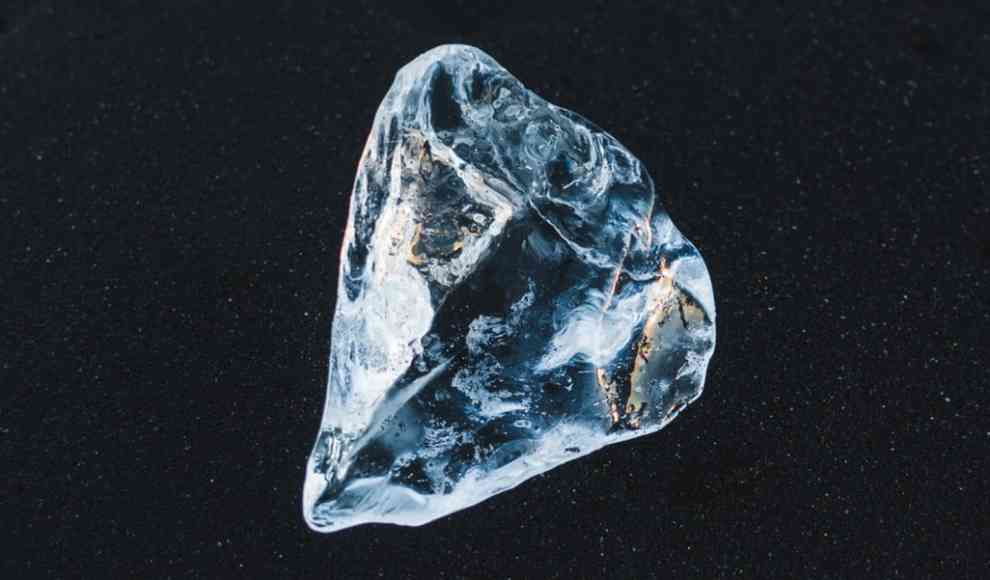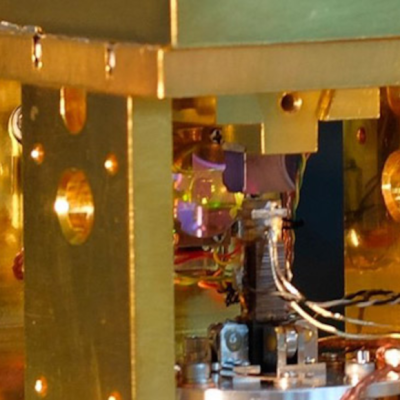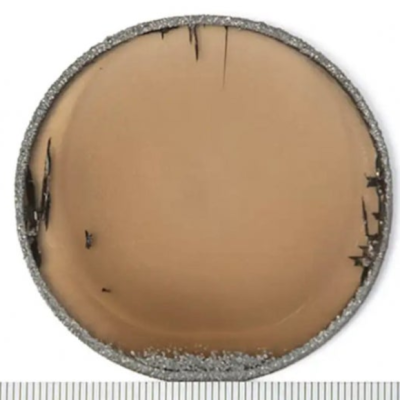A new battery technology that generates electricity from nuclear waste using nanodiamonds has been developed. The betavoltaic battery is expected to provide energy for up to 28,000 years. Current battery technologies often experience significant wear and tear after two to three years of intensive use, resulting in reduced capacity. However, California-based start-up Nano Diamond Battery (NDB) has introduced a battery with a practically infinite lifespan. According to a report by Popular Mechanics, the betavoltaic battery is expected to provide electricity for up to 28,000 years. The diamond-based nuclear battery concept was first introduced by the University of Bristol in 2016. NDB has been working on the invention since 2012, and Arkenlight, a university spin-off, is also researching a similar battery.
The nuclear battery is based on single-crystal nanodiamonds and nuclear waste, using radiocarbon (carbon-14) to generate heat in the battery. The heat is quickly dissipated through the diamonds (carbon-12), preventing the radioisotopes from absorbing it. The semiconductor properties of the nanodiamonds generate electrical voltage, and for safety reasons, the individual stacks of the battery are coated with polycrystalline nanodiamonds to prevent radiation leakage and mechanical damage. The development of the diamond nuclear battery is well underway, with NDB scientists having already achieved a proof-of-concept that demonstrates the technology’s sufficient efficiency. The next step is to create a prototype, with the company’s ambitious timeline targeting market readiness by 2023.
Despite the high production costs of the diamond nuclear battery, the current challenge is the low energy output. While a 28,000-year lifespan is theoretically possible, it would only provide enough power for low-power components such as sensors or watches. To cover other usage scenarios, it would be necessary to combine many stacks (cells). In the long run, NDB aims to develop batteries for cars, medical devices, and space travel. Additionally, a battery with a nine-year lifespan for common consumer electronics is also planned.










